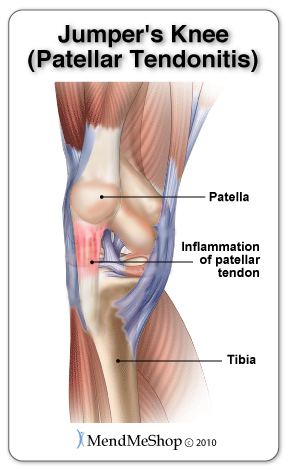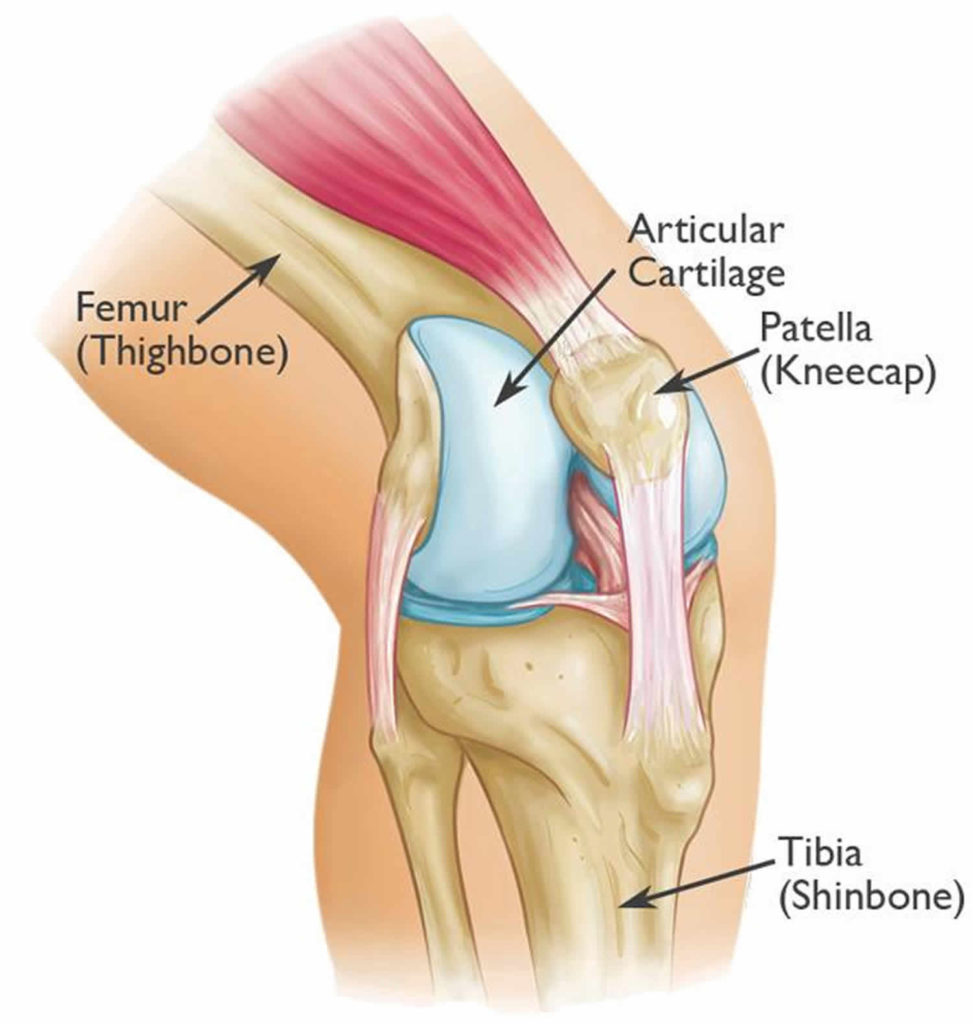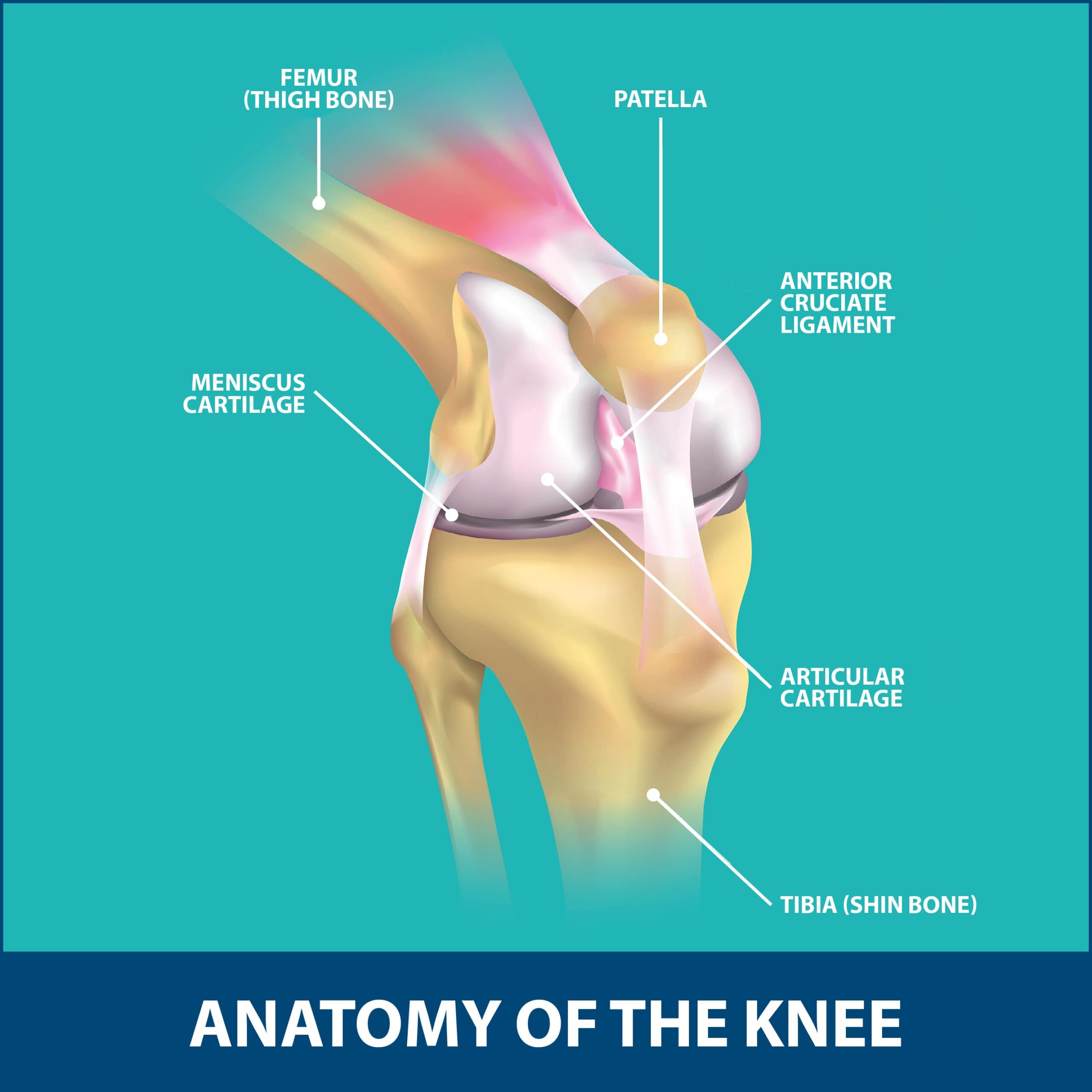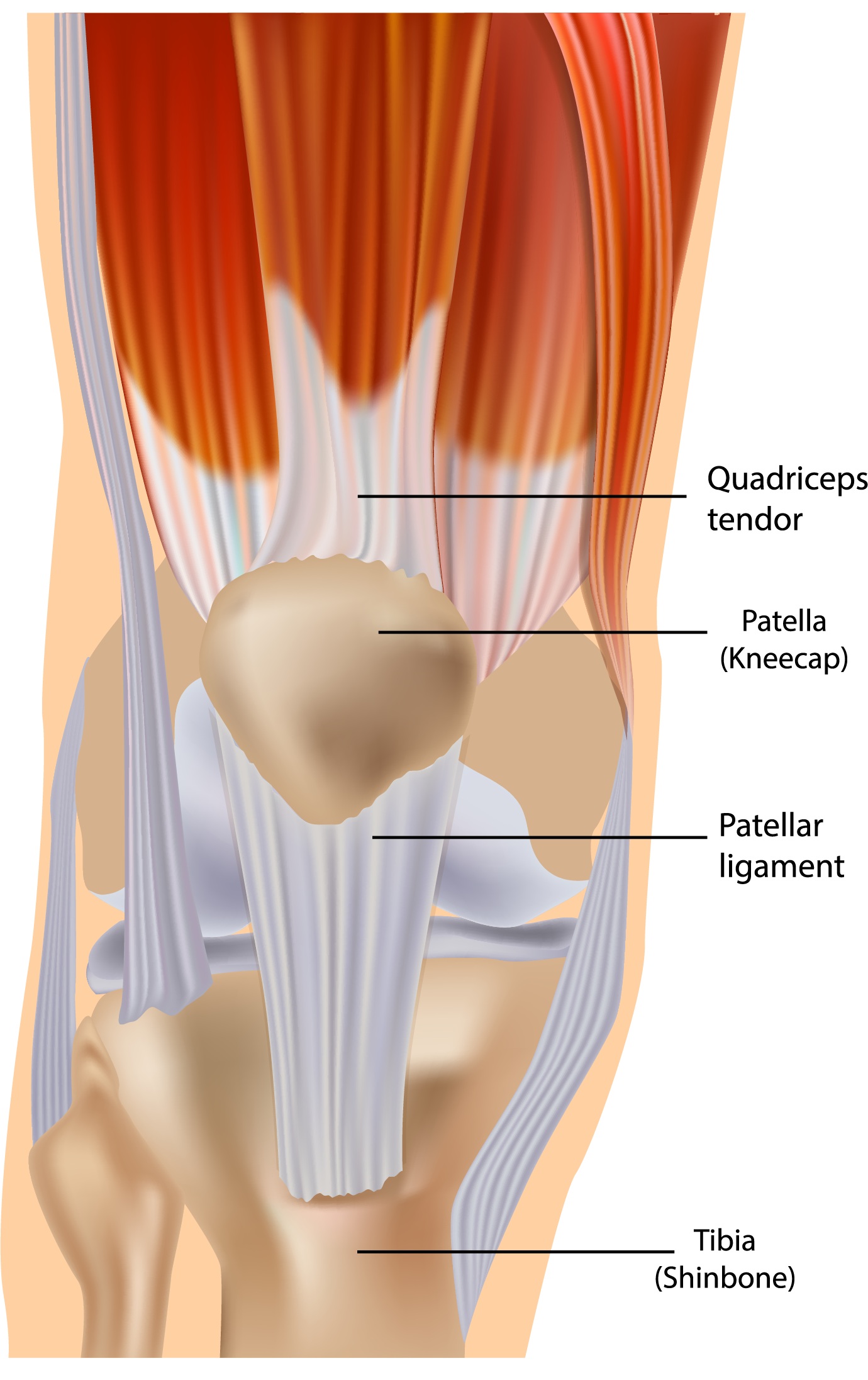The Anatomy and Function of the Patellar Tendon
The patellar tendon, also known as the ligamentum patellae, is a crucial band of tissue that connects the patella (kneecap) to the tibial tuberosity (shinbone). This tendon plays a pivotal role in the knee joint’s movement, enabling leg extensions and facilitating activities such as running, jumping, and kicking. Given its significance in daily activities and sports performance, understanding the implications of a patellar tendon injury is essential. This article aims to shed light on the sensations, symptoms, and consequences associated with a torn patellar tendon, providing valuable insights into the patellar tendon rupture experience.
Identifying the Causes of a Patellar Tendon Tear
A patellar tendon tear can occur due to various factors, primarily involving sudden, forceful contraction of the quadriceps muscle. This powerful muscle group, located at the front of the thigh, is responsible for extending the knee joint. When the quadriceps muscle contracts suddenly and forcefully, as in jumping, landing, or changing direction quickly, the patellar tendon may not be able to withstand the resulting tension and strain, leading to a tear.
Recognizing the Symptoms and Sensations of a Torn Patellar Tendon
A torn patellar tendon can result in a range of distinct symptoms and sensations that typically manifest immediately after the injury. The most common sensations include a sudden, sharp pain in the knee, often accompanied by a tearing or popping sensation. These sensations are typically followed by swelling, bruising, and tenderness in the affected area. The pain may intensify when attempting to straighten the leg, bear weight on the affected knee, or ascend or descend stairs. In some cases, individuals may also experience a feeling of instability or weakness in the knee, making it difficult to walk or perform daily activities.
It is essential to differentiate the symptoms of a torn patellar tendon from those of other knee injuries, such as a torn meniscus or anterior cruciate ligament (ACL) sprain. While these conditions may also cause pain, swelling, and bruising, they typically present with different patterns of symptoms. For instance, an ACL sprain may cause significant instability and difficulty walking, while a torn meniscus may result in a catching or locking sensation in the knee. By understanding the unique symptoms associated with a torn patellar tendon, individuals can seek prompt medical attention and initiate appropriate treatment, thereby enhancing their chances of a successful recovery.
How to Assess the Extent of a Patellar Tendon Injury
When suspecting a patellar tendon injury, seeking professional medical attention is crucial for an accurate diagnosis and appropriate treatment. Medical professionals employ a variety of methods to assess the extent of a patellar tendon tear, including a thorough physical examination and imaging tests such as X-rays or MRIs. During the physical examination, the healthcare provider will assess the knee’s range of motion, stability, and overall functionality. They will also palpate the affected area to identify tenderness, swelling, or deformities.
In many cases, imaging tests are essential for confirming a patellar tendon tear and evaluating its severity. X-rays can reveal any bone abnormalities or fractures, while MRIs provide detailed images of soft tissues, such as tendons, ligaments, and muscles. These imaging techniques can help determine the location and extent of the tear, guiding the treatment plan and prognosis. Early and accurate diagnosis is vital for ensuring a successful recovery and minimizing the risk of long-term complications.
If you suspect a patellar tendon injury, do not delay seeking medical attention. The sooner you receive a proper diagnosis and initiate treatment, the higher the likelihood of a successful recovery and return to normal activities. Encourage loved ones and fellow athletes to do the same, as prompt intervention can significantly impact the healing process and overall outcome.
Navigating the Treatment and Recovery Process
Treatment for a torn patellar tendon typically involves a combination of RICE techniques, physical therapy, and, in some cases, surgery. The RICE method, which stands for Rest, Ice, Compression, and Elevation, is an effective initial treatment for reducing pain, swelling, and inflammation. Resting the affected knee, applying ice packs, wrapping the knee with a compression bandage, and elevating the leg can significantly alleviate symptoms and promote healing.
Physical therapy plays a crucial role in the recovery process, helping to restore strength, flexibility, and mobility in the affected knee. A physical therapist will design a customized rehabilitation program, incorporating exercises and stretches to improve range of motion, reduce stiffness, and build muscle strength. Adhering to the physical therapy plan is essential for ensuring a successful recovery and minimizing the risk of long-term complications.
In some cases, surgery may be necessary to repair a severely torn patellar tendon. Surgical intervention is typically recommended for athletes, active individuals, or those with significant functional impairment. During the procedure, a surgeon will reattach the torn tendon to the kneecap, using sutures, anchors, or screws to hold it in place. Post-surgery, patients will undergo a rigorous rehabilitation program, often involving several months of physical therapy and restricted weight-bearing activities.
Throughout the treatment and recovery process, it is essential to maintain strength, flexibility, and mobility in the affected knee. Regular exercise, proper nutrition, and adequate rest can significantly enhance the healing process and promote a successful recovery. By following the recommended treatment plan and adhering to the guidance of medical professionals, individuals can successfully navigate the treatment and recovery process and return to their normal activities.
Preventing Future Patellar Tendon Injuries: Best Practices and Strategies
Taking proactive measures to prevent patellar tendon injuries can significantly reduce the risk of experiencing a painful and debilitating rupture. By incorporating a balanced exercise program, gradually increasing exercise intensity, warming up properly, maintaining proper form, and using protective gear, individuals can minimize the strain on their patellar tendon and promote overall knee health.
A balanced exercise program, encompassing a mix of strength, flexibility, and endurance exercises, can help ensure that the muscles surrounding the knee joint remain strong and flexible. Engaging in regular, low-impact activities such as swimming, cycling, or using an elliptical machine can improve knee stability and reduce the risk of patellar tendon injuries. Additionally, incorporating resistance training exercises targeting the quadriceps and hamstring muscles can further bolster knee support and enhance overall knee health.
Gradually increasing exercise intensity allows the body to adapt to new challenges, reducing the likelihood of sudden, forceful contractions that may result in a patellar tendon tear. Warming up properly before engaging in physical activities, including dynamic stretches and light cardiovascular exercises, can further prepare the body for more strenuous movements. Maintaining proper form during exercise and sports activities, as well as using protective gear when necessary, can also help safeguard the patellar tendon and prevent injuries.
Lastly, listening to the body and seeking professional guidance from coaches, trainers, or physical therapists can ensure that exercise programs are tailored to individual needs and abilities. By adhering to these best practices and strategies, individuals can significantly reduce the risk of patellar tendon injuries and enjoy a lifetime of healthy, active living.
The Importance of Early Intervention and Proper Treatment
Recognizing the signs and symptoms of a patellar tendon tear and seeking prompt medical attention is crucial for ensuring a successful recovery and minimizing the risk of long-term complications. Early intervention allows medical professionals to accurately diagnose the injury, determine the extent of the damage, and develop an effective treatment plan tailored to the individual’s needs.
Appropriate treatment for a torn patellar tendon may include RICE techniques, physical therapy, or surgery, depending on the severity of the injury. Adhering to the recommended treatment plan is essential for facilitating healing, restoring strength and mobility, and reducing the likelihood of re-injury. Neglecting to seek medical attention or delaying treatment can result in prolonged recovery times, decreased functionality, and an increased risk of chronic knee issues.
By prioritizing early intervention and proper treatment, individuals can significantly improve their chances of a full and timely recovery. Encouraging loved ones, friends, and teammates to do the same can foster a culture of awareness, prevention, and swift action when it comes to patellar tendon injuries. Remember, prompt medical attention and adherence to the recommended treatment plan are key to overcoming a torn patellar tendon and returning to a healthy, active lifestyle.
Living with a Healed Patellar Tendon Injury: Life After Recovery
Recovering from a torn patellar tendon can be a challenging journey, but with the right mindset, dedication, and adherence to the recommended treatment plan, individuals can successfully return to their daily activities and sports. While a healed patellar tendon injury may not result in long-term disability, it is essential to recognize that there may be potential residual effects and the importance of maintaining a healthy, active lifestyle to prevent future injuries.
Residual effects of a healed patellar tendon injury may include decreased strength, flexibility, or mobility in the affected knee. Regular exercise, physical therapy, and stretching can help mitigate these effects and promote overall knee health. Engaging in low-impact activities such as swimming, cycling, or using an elliptical machine can further support the recovery process and minimize the risk of re-injury. Additionally, maintaining a balanced exercise program, focusing on strength, flexibility, and endurance, can help ensure that the muscles surrounding the knee joint remain strong and flexible, further safeguarding the patellar tendon.
In some cases, individuals with a history of patellar tendon injuries may be more susceptible to re-injury. As such, it is crucial to prioritize prevention strategies, including proper warm-up and cool-down routines, maintaining proper form during exercise and sports activities, and using protective gear when necessary. Furthermore, listening to the body and seeking professional guidance from coaches, trainers, or physical therapists can ensure that exercise programs are tailored to individual needs and abilities, further reducing the risk of patellar tendon injuries.
Ultimately, living with a healed patellar tendon injury requires a commitment to maintaining a healthy, active lifestyle and prioritizing injury prevention strategies. By adhering to these best practices, individuals can successfully manage their healed patellar tendon injury and enjoy a lifetime of healthy, active living.








